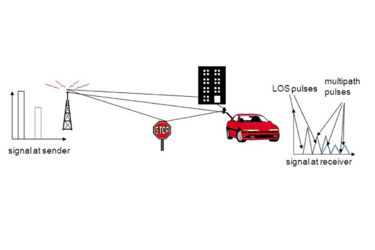Receiver Testing: The Importance Of Fading

When designing components, front-end modules, or receivers, they are typically tested under an ideal condition in a lab, with the goal of determining the performance specifications include compression point, third-order intercept (TOI), and error vector magnitude (EVM). While valid and necessary, they may be insufficient under real-world conditions.
This application note will focus on the effects like scattered, reflected, and otherwise distorted signals with channel impairments, as observed in the real world, and how we can account for these effects during the testing and characterization of a receiver. We’ll define fading, describe fading profiles, and sketch two key scenarios. We also present an integrated fading solution based on a vector signal generator and its optional wideband fading simulator.
Get unlimited access to:
Enter your credentials below to log in. Not yet a member of RF Globalnet? Subscribe today.
